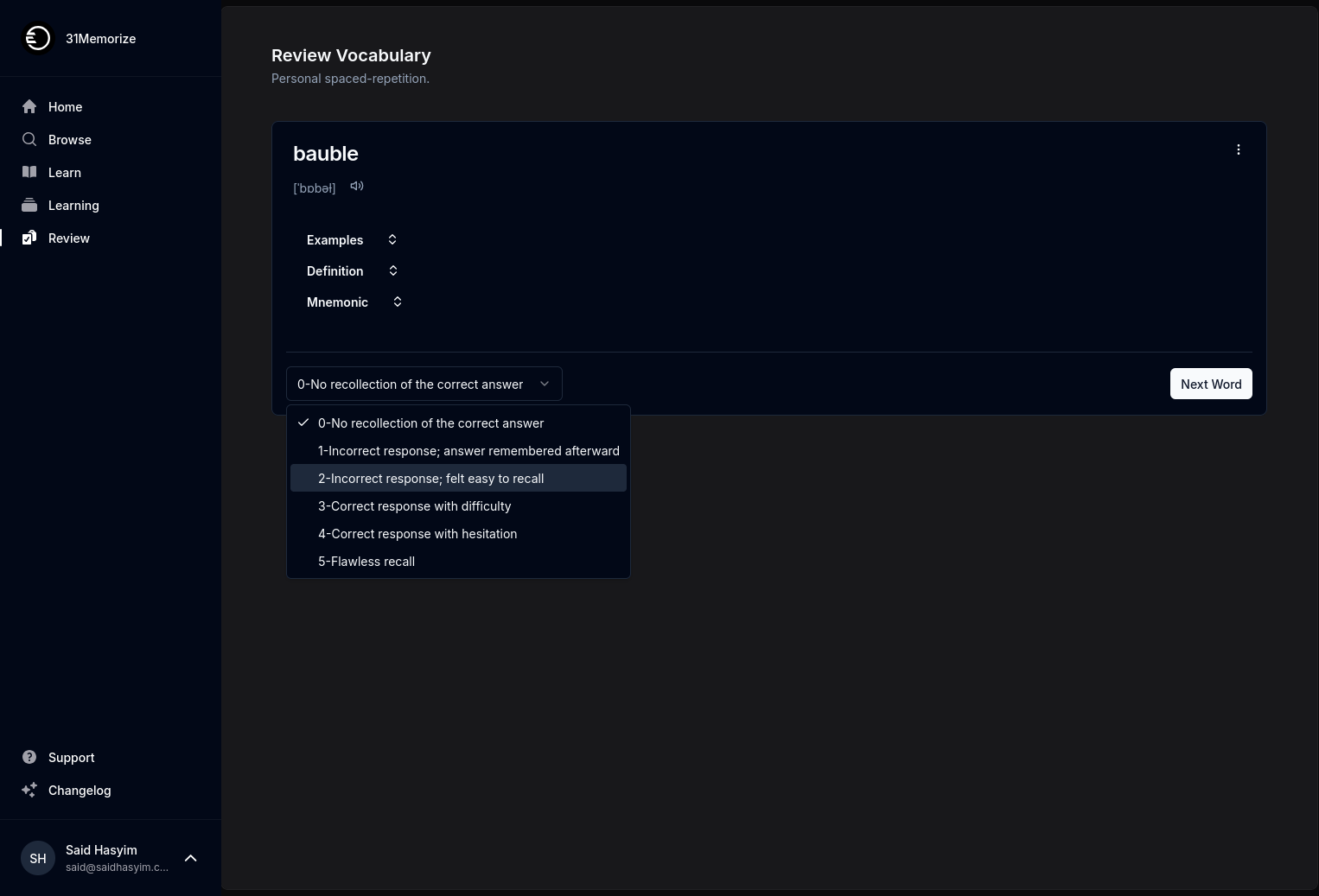Understanding the Metrics Behind Your Book's Success
Writing a book is a significant achievement, but it’s only the beginning of a complex journey. From the moment your manuscript is complete to the time it hits the shelves (or online marketplaces), various factors determine its success. Understanding the metrics that measure this success is crucial for authors to navigate the publishing landscape intelligently. In this blog post, we will delve into the key metrics behind your book's success and offer insights on how to interpret and leverage them.
1. Sales Data
a. Units Sold
The most straightforward metric is the number of units sold. This tells you how many copies of your book are in the hands of readers. Tracking daily, monthly, and yearly sales can help you identify trends and adjust your marketing strategies accordingly.
b. Revenue
While the number of units sold is essential, you must also consider the revenue generated from these sales. Revenue gives you a fuller picture of your book's financial health, taking into account pricing strategies, royalty rates, and more.
c. Royalties Earned
Understanding your earnings through royalties is vital. Many authors earn a percentage of sales based on their publishing contracts. Knowledge of this metric helps authors estimate their earnings over time and make informed decisions about future projects.
2. Market Reach
a. Geographic Distribution
Analyzing where your book sells the most can help identify potential markets you haven’t tapped into yet. If you notice stronger sales in particular regions or countries, you might consider targeted marketing efforts or promotional events there.
b. Format Preferences
Understanding whether readers prefer physical books, eBooks, or audiobooks can inform your publishing strategy. Each format requires different marketing approaches and appeals to varied audience segments.
3. Reader Engagement
a. Online Reviews and Ratings
Reviews and ratings on platforms like Goodreads, Amazon, and other retail sites are indicators of reader engagement. Positive reviews can enhance credibility and visibility, while critical feedback can provide insights into areas for improvement.
b. Social Media Mentions
Monitoring your book's mentions on social media is essential to gauge reader interest and engagement. Platforms like Twitter, Instagram, and TikTok can offer valuable insights into reader sentiment and help to build a community around your work.
c. Book Club and Library Circulation
If your book is picked up by book clubs or libraries, it can reach a broader audience. Tracking how often your book is borrowed from libraries or discussed in book clubs can provide insight into its popularity and cultural significance.
4. Audience Demographics
a. Target Audience Analysis
Understanding who your readers are—their age, gender, preferences, and reading habits—will allow you to tailor your marketing strategies effectively. This data can often be gathered through surveys or feedback forms.
b. Reader Retention Rates
This metric helps determine how many readers engage with your work beyond the first book. A higher retention rate suggests that readers are eager for more of your work, indicating a loyal following.
5. Marketing Performance
a. Conversion Rates
Analyzing the conversion rates from various marketing campaigns gives insight into how effectively your promotions are converting potential readers into buyers. This can guide your marketing strategies and budget allocation.
b. Cost per Acquisition (CPA)
Understanding how much you’re spending to gain a new reader can help you budget more effectively for future campaigns. A lower CPA indicates that your marketing strategies are efficiently reaching and converting your target audience.
c. Return on Investment (ROI)
Measuring the ROI of specific marketing efforts can help gauge the effectiveness of particular initiatives—be it a social media campaign, a blog tour, or an ad in a literary magazine. This can help you streamline your budget based on what works.
6. Industry Metrics
a. Comp Titles Analysis
Analyzing the sales data of comparable titles (comp titles) helps authors understand where their book stands in the competitive landscape. This can guide pricing, marketing strategies, and potential avenues for leveraging similar authors' audiences.
b. Trends in the Genre
Staying informed about industry trends can inform your marketing strategy and even inspire future projects. For example, understanding what themes or styles are currently popular can help you tap into emerging audiences and interests.
Conclusion
Understanding the metrics behind your book's success is paramount for authors looking to grow their careers and maximize their impact. By regularly monitoring and analyzing sales data, market reach, reader engagement, audience demographics, marketing performance, and industry trends, you can make informed decisions that enhance your book’s visibility and profitability.
Metrics should not be the sole focus of your writing journey; creativity and passion should remain at the forefront. However, being data-informed will equip you with the tools to take your writing career to the next level, foster deeper connections with your audience, and ensure your voice is heard in the crowded literary market.
In summary, knowledge is power. By leveraging the metrics of your book's success, you’re setting yourself up for a sustained and fruitful writing journey. Happy writing!
